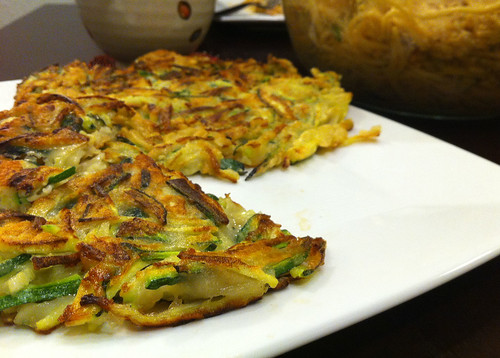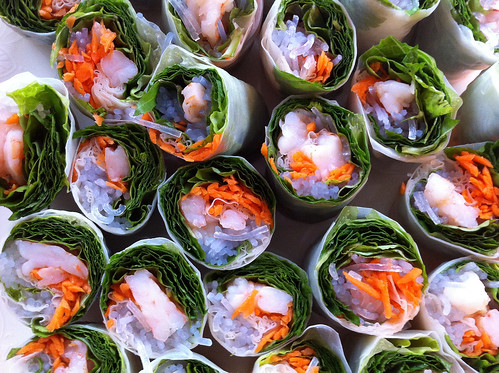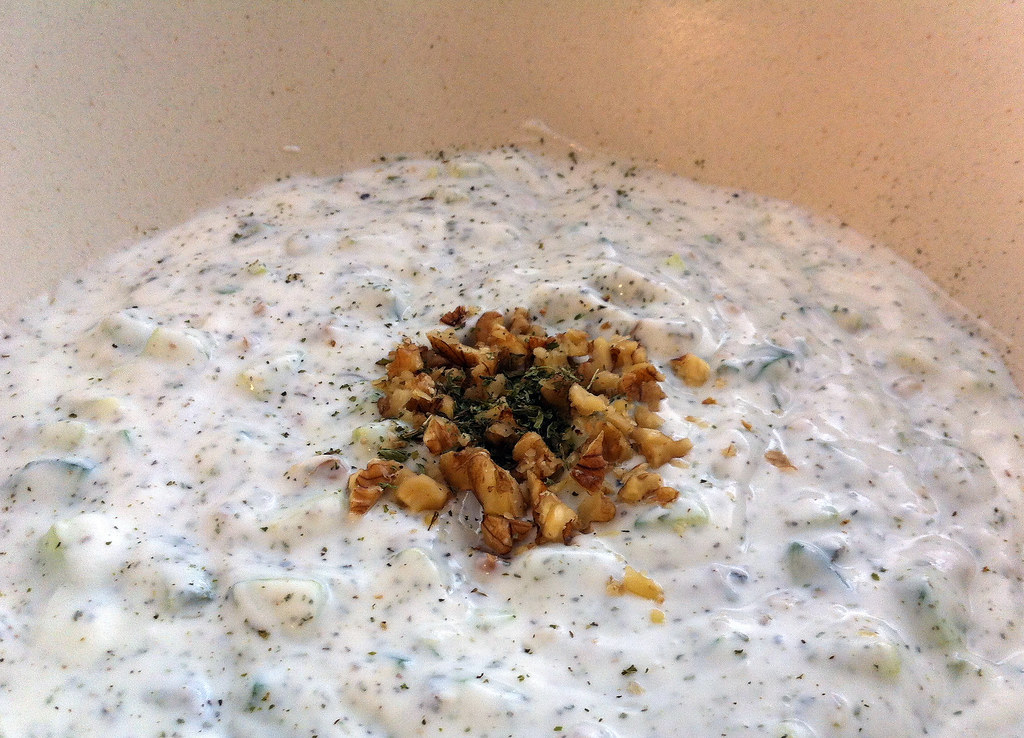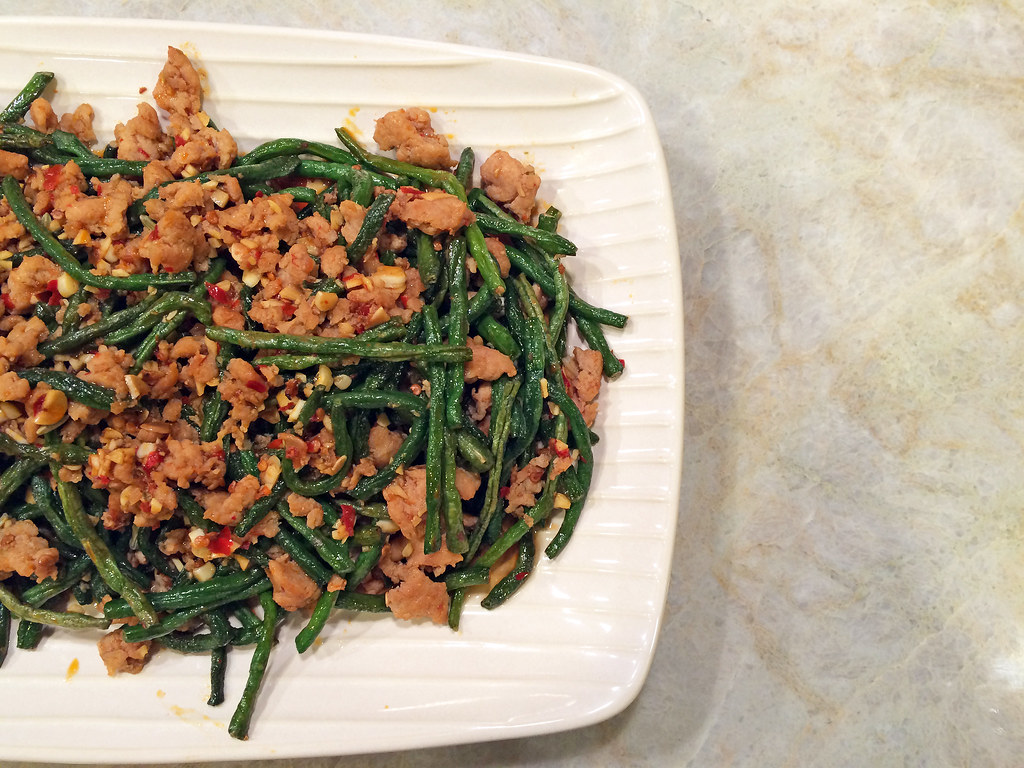If you’ve been reading my blog for more than, say, five minutes, then you know I love Korean food. When my parents’ garden produced a giant bounty of zucchini last year, I turned to my favorite Korean food blog, maangchi.com, for inspiration. It was from there that I adapted a recipe for hobakjeon, or zucchini pancakes, served with a delicious dipping sauce. So easy and so delicious, these pancakes have become one of my favorite recipes ever since.
Ingredients:
2 zucchini, julienned
1/2 cup flour
1/2 teaspoon salt
1/2 cup water
2 tablespoons vegetable oil (or more as needed)
1 tablespoon sesame oil (or more as needed)
2 tablespoon soy sauce
1 tablespoon rice vinegar
1/2 clove garlic, minced
1 chili pepper, sliced
1. Combine zucchini, flour, salt, and water in a bowl and mix well.
2. Heat the 2 tablespoons of vegetable oil in a frying pan on medium-high heat and place 1 cup of the batter in the pan, spreading evenly and thinly to make a large pancake. After two minutes, add 1 tablespoon of the sesame oil on the pan, along the edge of the pancake. Tilt and shake the pan so that the sesame oil spreads underneath the pancake. Cook another couple of minutes until the bottom turns light golden brown and crispy.
3. Carefully flip the pancake with a spatula and add another tablespoon of vegetable oil, if needed. Cook for another three to four minutes, until crispy. Transfer the pancake to a large serving plate and serve with dipping sauce.
4. To make the dipping sauce: In a small bowl mix the soy sauce, vinegar, garlic, and chili pepper. Serve alongside the warm pancake.





